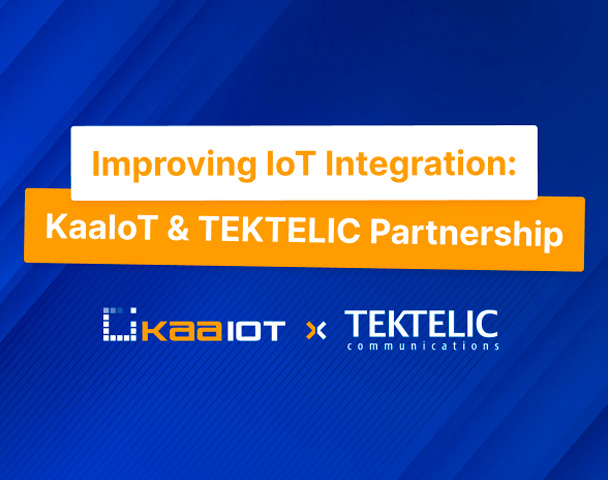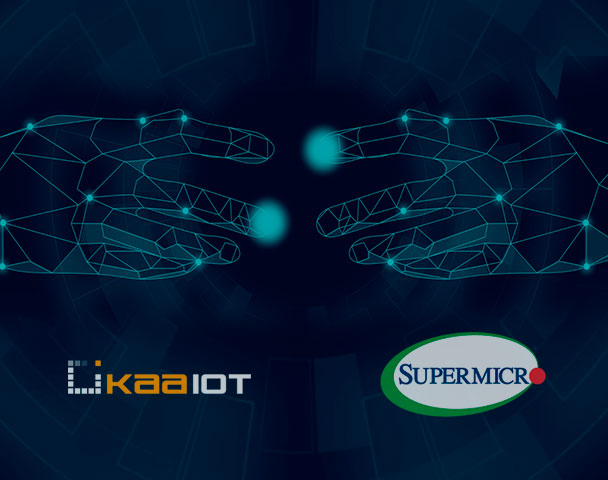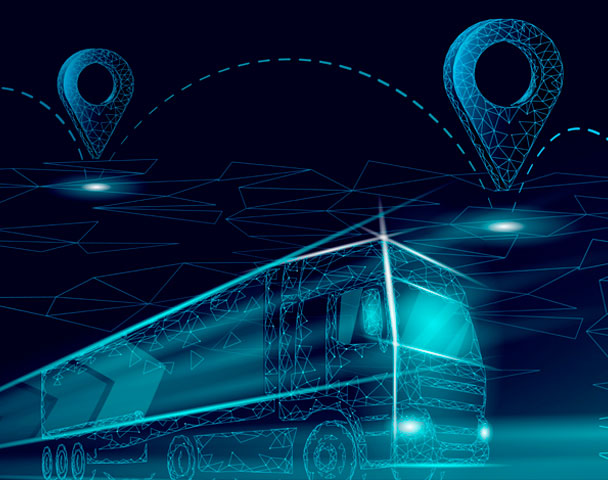Big Data & IoT - Why Good Things Come in Pairs
Big data and the Internet of Things (IoT) are two terms that are increasingly dominating conversations around water coolers and in boardroom meetings as their impact on businesses grows. They’ve both become crucial concepts for companies to grapple with, and their transformative power is increasingly apparent in a number of industries from transportation to marketing, pharmaceutical development to education. And yet, they are still most often considered separately despite the fact that their joint implementation offers remarkable advantages to any team or individual that does so.
It shouldn’t come as any surprise, given we’re a company that focuses on IoT development, that we’re passionate about highlighting how the combination of IoT and big data can provide remarkable transformative value. That’s why we’ve put together this article, to showcase the tremendous benefits the combination of big data and IoT offers and why you should implement it as a priority. Before we get there, however, let’s refresh our memory about what exactly big data and IoT are. After all, it’s always wise to start at the beginning.
What is IoT?
IoT refers to a concept, where any internet-connected device exists in an ecosystem where it finds itself inter-connected with others. It serves as the blood vessels that keep information pumping around the online world, keeping it healthy and vibrant, and better able to process new events and react to changing circumstances. As long as a device can be connected online it falls under the IoT concept, which as you can imagine, means the concept has huge applicability.
Perhaps the best example of what exactly IoT is would be your own home, which nowadays is more than likely to be stuffed full of smart devices that are connected online. The alarm clock that wakes you up early in the morning, the smartphone in your pocket that you use to check the news first thing, even the toaster that makes your breakfast and the smart refrigerator where you keep your food, all can be connected via IoT. But it goes so much further than all of that, let’s use the alarm clock as an example.
Thanks to IoT, your humble alarm clock can achieve so much more than waking you up. It could send updates to your alarms and change their time depending on climatic conditions, send messages to your toaster to turn it on, and could even link up with your refrigerator to provide a customized alert reminding you what food products you need to buy. Combine this with all the other smart-enabled devices you’d find around you and you see the potential of a fully implemented IoT system.
What is Big Data?
Well, as you can probably imagine, big data refers to the collection of huge quantities of data, but of course, this term has a much deeper meaning than that. Businesses are inundated with huge volumes of data on a daily business, both structured and unstructured, and this can be difficult to properly manage. What is more, data is only as good as your analysis, so big data allows you to ace this process by providing insights on the huge reams of information you collect.
The concept of big data first entered the modern lexicon in the early 2000s and it wasn’t long until a solid easy to understand definition appeared The Three V’s:
Volume: The full amount of data that is collected by organizations from a variety of sources. This can include anything from IoT connected devices, media files, equipment required for various industries, etc. Where once before all of this would have had to be sorted in-house, technology like cloud systems and others have made volume storage cheaper and more effective.
Velocity: Thanks to the development of IoT the huge volume of data that’s processed by companies can travel at incredible speed. In order to ensure this is processed efficiently and effectively, certain metrics are required. These include smart meters, analytics sensors, dashboards, RFID tags, and more.
Variety: As outlined above the sheer variety of data that individuals and organizations handle on a daily basis is huge. Every day, you and your devices deal with emails and videos, audio files and financial transactions, and so much more, so handling all of this can pose challenges. Big data is predicated on managing this varied data in a way that makes sense of it properly.
Combination of IoT and Big Data
So as we’ve covered IoT has a considerable influence on big data, and if we were to continue our analogy then big data represents the heart of our information ecosphere and IoT represents the body’s blood vessels. They pump information throughout the system towards the center to keep it running healthily, sending new data to replace the old, and updating what already exists. With over 35 billion devices connected via IoT worldwide, one can begin to imagine the size of our analogous body.
IoT acts as more than just the system’s blood vessels, it also acts as a nervous system, allowing you to react to and process stimuli. Something external happens, data is received, so you run analytics simultaneously to support real-time decisions. If you work in online retail for example you can track consumer behavior patterns over time and use the data you collect about them to create content that is specifically targeted at their niche.
Or you could be monitoring a driverless car dashboard, and thanks to real-time generated data you see that traffic is heavy and you need to make a quick decision to drive the car before it gets stuck. Big data is how you’re aware of this situation and allows you to analyze it, IoT ensures that you can take action. The brain feeds the nervous system, the heart pumps blood around the body via arteries.
Both big data and IoT convert data into actionable tasks that can be acted upon, meaning that many applications for both will overlap. They’re important on their own, together they are of the absolute utmost importance to master, and doing so can provide your organization with a remarkable competitive edge. If you want to take advantage of this process, and why wouldn’t you, then it should prove helpful to understand some real-world examples of the joint application of big data and IoT.
IoT analytics and Big Data
IoT analytics refers to the process of assessing the considerable amount of data collected from IoT-connected devices and networks. Without the analytics process, the data that you collect is useless, you need to analyze it properly and condense it into an easily consumable stream that you and your team members can use. That stream offers a current through which you can process information and pass it on to your colleagues and then your customers.
You can optimize your operations completely by analyzing faults and rectifying them quicker, and improve your engagement with customers via refined communication. Employees that feel empowered and supported enough to take risks are more likely to work harder, IoT analytics gives them more access to information to take the initiative. You can also ensure greater control over all aspects of your operations whether that be in your logistics, human resources, transportation, etc.
IoT involves a vast amount of data so properly analyzing it is absolutely crucial. This is especially the case when it comes to big data which requires mastery of two concepts to ensure its success. These are data visualization (to help you take actionable insights from your data) and data storage, to make sure it’s properly protected.
Big Data & IoT Application Examples
-
Healthcare - This sector is one of the best examples of big data and IoT, when combined, having a particularly beneficial impact. Clinicians are able to access patients in difficult-to-reach locations and can monitor them remotely. Patient records can be shared more efficiently, and new forms of treatment and medication applied more effectively.
-
Transport - Whether it be in aviation, rail transport, subway systems, or bus routes, transportation is being transformed by big data and IoT. Examples include contactless ticketing systems, schedule planning, safety technology, and social distancing planning. Expect to see more driverless systems emerge in the near future too.
-
Delivery Systems - Companies like UPS, DHL, and others are making the most of big data and IoT to save money, improve efficiency, and lessen their logistics overheads. A good example is UPS’s development of ORION (On-Road Integrated Optimization and Navigation). This tool collects millions of data points on routes, addresses, etc, to optimize delivery planning for the company’s drivers.
-
Agriculture - It’s not an industry that first comes to mind when people think of hi-tech innovation, but agriculture is a trailblazer in big data and IoT. Big companies like John Deere, Bayer, and ADM are using this technology to improve crop yields and planting planning. Moisture level management, in addition to soil ph monitoring, is a particularly interesting area here as it looks likely to significantly boost crop yields.
The Takeaway
These are just some of the industries that are making full use of big data and IoT combined. Dozens more examples exist that are too many to mention, but suffice it to say that the broad applicability of this technology showcases how important it is. If you are aiming to introduce combined big data and IoT benefits to new teams and projects, check out our IoT platform and services capabilities and stay informed of all the latest news in the IoT industry.




